
REPTILES
Cold-blooded and Covered in Scales!

REPTILES
Cold-blooded and Covered in Scales!
The first reptiles appeared approximately 315 million years ago. They were ectothermic (cold-blooded) and shared some superficial similarities to the amphibians who ruled the land at that time, but reptiles use their lungs to breathe from birth, possess watertight scale or scute-covered skin, and lay hard-shelled eggs which allows them to spend their entire lives on land. Reptiles became so successful during the Mesozoic era (about 252 to 66 million years ago), it was dubbed the “Age of the Dinosaurs,” a time that has inspired many a young paleontologist! Reptiles are still plentiful today, with many types of crocodiles, lizards, and snakes serving as representatives.
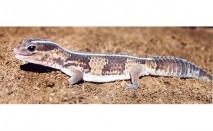 African Fat-tailed Gecko
African Fat-tailed GeckoThis nocturnal, ground-dwelling gecko is named for its adaptation of storing fat in its tail - these energy reserves allow…
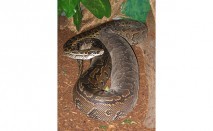 African Rock Python
African Rock PythonThis species is the largest native snake in Africa and one of the five largest species of snakes on the planet. They are…
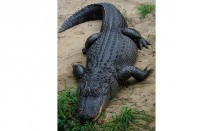 American Alligator
American AlligatorThis large reptile can reach lengths of 15 feet and a weight of almost 1000 pounds! They inhabit freshwater wetlands throughout…
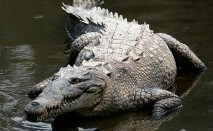 American Crocodile
American CrocodileThe range of this sizeable crocodile spans from both coasts of southern Mexico, to as far south as Peru and Venezuala,…
This is an omnivorous, terrestrial lizard that is native to the tropical rainforests, savannas and semi-deserts of east…
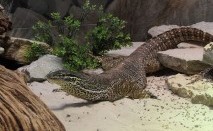 Argus monitor
Argus monitorThis monitor is found in northern regions of Australia and southern regions of New Guinea. They are versatile predators…
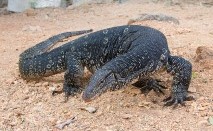 Asian Water Monitor
Asian Water MonitorThe Asian water monitor is the third longest lizard in the world, able to reach lengths of 9 feet, though 3-5 feet is…
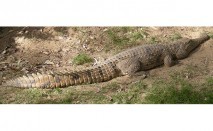 Australian Freshwater Crocodile
Australian Freshwater CrocodileThese crocodiles are found in northern Australia, in the states of Western Australia, Queensland, and the Northern Territory.…
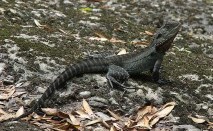 Australian Water Dragon
Australian Water DragonAustralian water dragons are arboreal agamids with strong limbs and long claws for climbing. They are very strong swimmers…
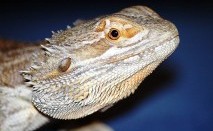 Bearded Dragon
Bearded DragonThere are eight species of bearded dragons in the Pogona genus, all adept climbers who are commonly found resting on branches…
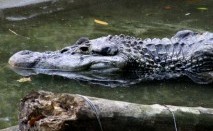 Black Caiman
Black CaimanThe black caiman is one of the biggest member of the alligator family – they are the largest predator in the Amazon…
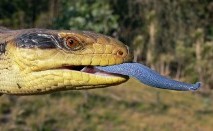 Blue-Tongued Skink
Blue-Tongued SkinkThese hefty Australian natives are named for their large blue tongues that are used as a bluff to scare off attackers.…
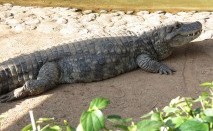 Broad-snouted Caiman
Broad-snouted CaimanThis broad-snouted caiman is found in Eastern and Central South America and prefers still or slow-moving waters such as…
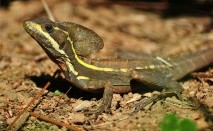 Brown Basilisk
Brown BasiliskBasilisks are native to Mexico, Central America, and northwestern Columbia. They have been nicknamed “Jesus Christ lizards”…
This species is significantly smaller than its only close cousin, the American alligator. It is further distinguished…
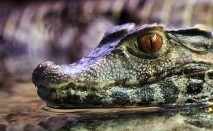 Cuvier’s dwarf caiman
Cuvier’s dwarf caimanThis relatively diminutive caiman is the smallest of all the crocodilians and is native to South America. Adults rarely…
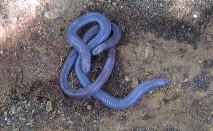 Iberian worm lizard
Iberian worm lizardEven though they are vertebrates with scales and rudimentary eyes, the limbless, ringed morphology of these primitive,…
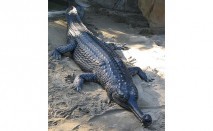 Indian Gharial
Indian GharialThis crocodilian’s long, narrow snout it an adaptation to its diet, which consists primarily of fish. They are the longest…
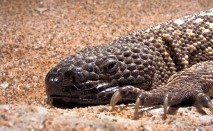 Mexican Beaded Lizard
Mexican Beaded LizardThe Mexican beaded lizard is one of two dangerously venomous lizards in the world and is found mainly in Mexico and southern…
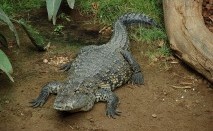 Morelet’s Crocodile
Morelet’s CrocodileAlso, known as the Mexican crocodile, this species inhabits freshwater ecosystems of the Atlantic regions of Mexico, Belize,…
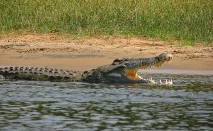 Nile Crocodile
Nile CrocodileThe Nile crocodile is the second largest crocodile in the world, after the saltwater crocodile and is widespread throughout…
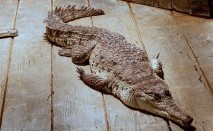 Orinoco Crocodile
Orinoco CrocodileThis very rare species is the most critically endangered species of crocodile and found only in Venezuela and Columbia.…
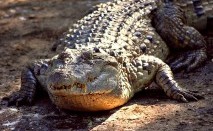 Phillippine Crocodile
Phillippine CrocodileThe Phillippine crocodile a relatively small freshwater, crocodilian that is critically endangered mostly due to habitat…
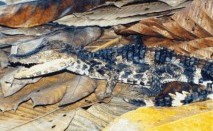 Schneider’s Dwarf Caiman
Schneider’s Dwarf CaimanAlso known as the smooth-fronted caiman, these reptiles are the second-smallest crocodilian. They are native to the Amazon…
These crocodiles inhabit freshwater ecosystems in central and western Africa. Their narrow snouts are adapted to a diet…
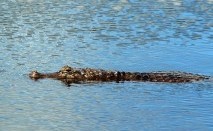 Spectacled Caiman
Spectacled CaimanThis species is widespread throughout Central and South America and is actually the most common crocodilian. They are…
This species of caiman is native to South America and the 10 million Yacare caimans inhabiting the Brazilian Pantanal…
For years, the Komodo dragon was accused of having a mouth so filthy that even if you escaped its terrible bite, you were doomed to eventually die from the ensuing bacterial infection. However, recent studies on Komodo dragons demonstrated that this was unfair, as they have mouths cleaner than many mammalian carnivores. It turns out the reality is worse than the myth: they have poison glands! Komodo dragons produce a venom that sends prey into shock while keeping its blood from clotting. A deer or pig who “escapes” will run off and go into shock, and bleed out from its wounds within 3 hours, leaving an easy treat for the dragon.
 Discover Animals is a web-based educational resource offered by the NAIA
Discover Animals is a web-based educational resource offered by the NAIA